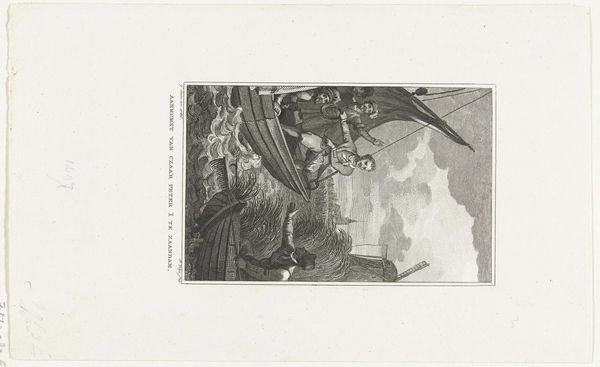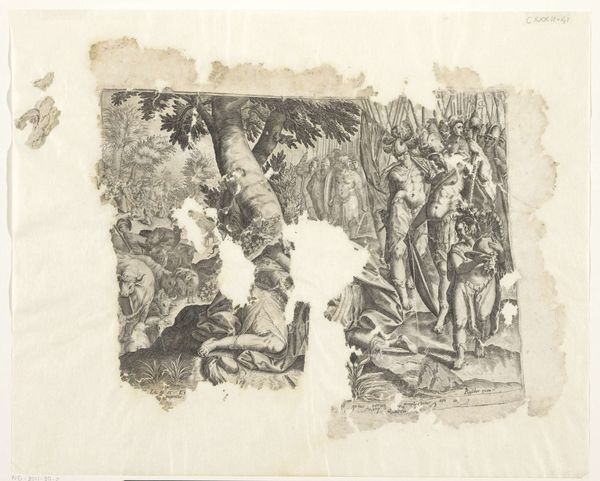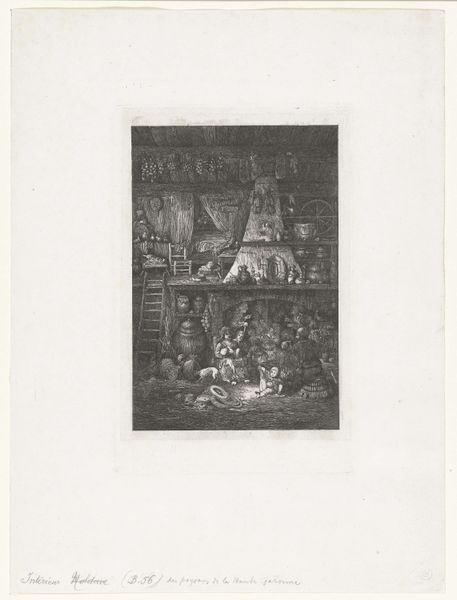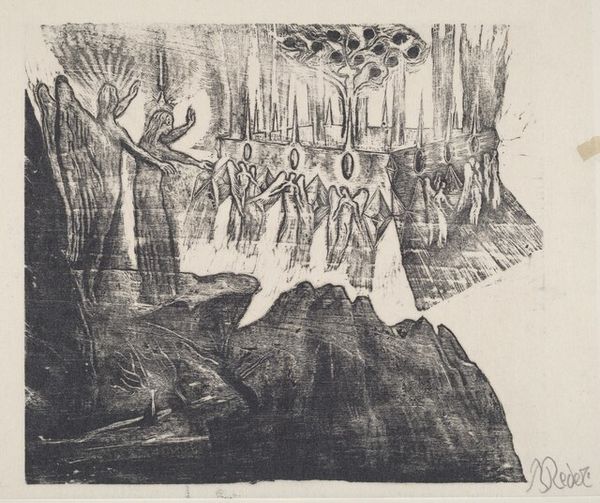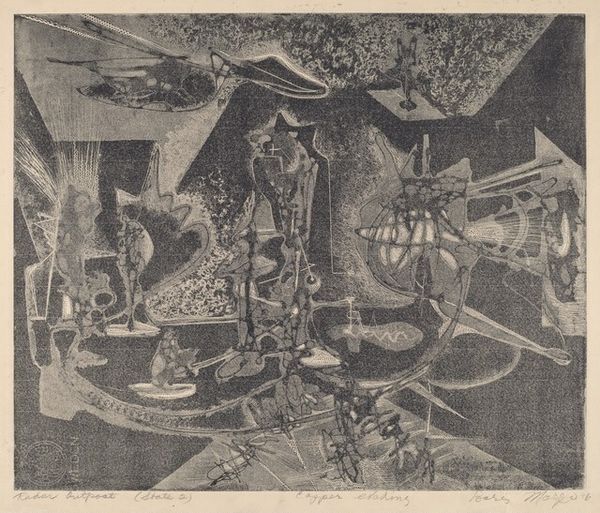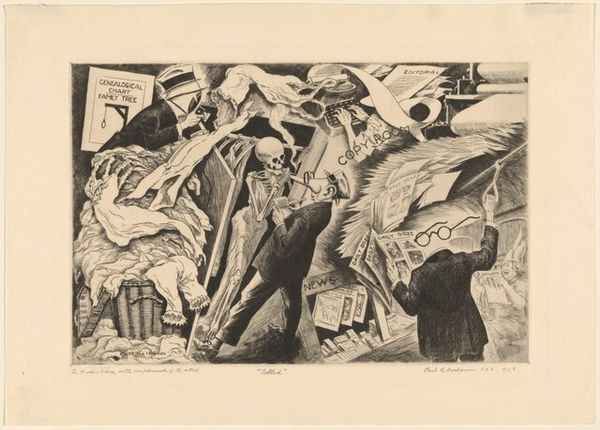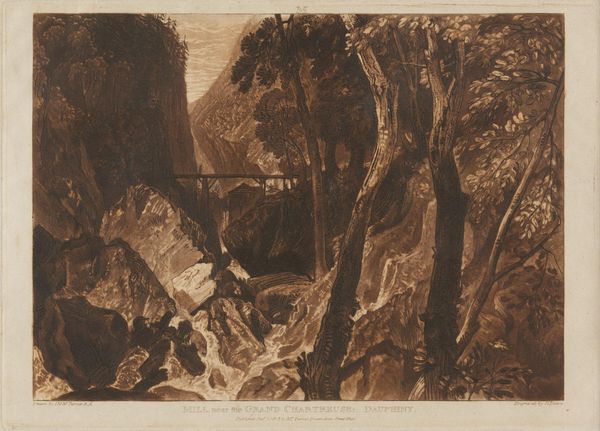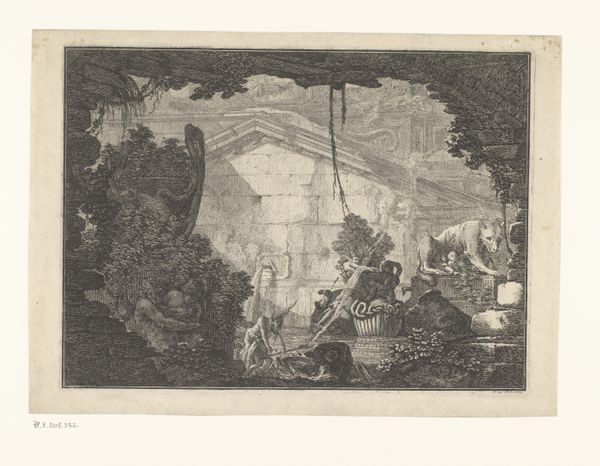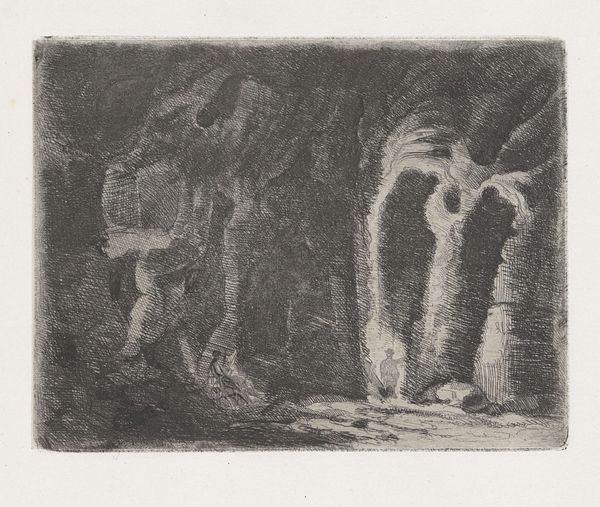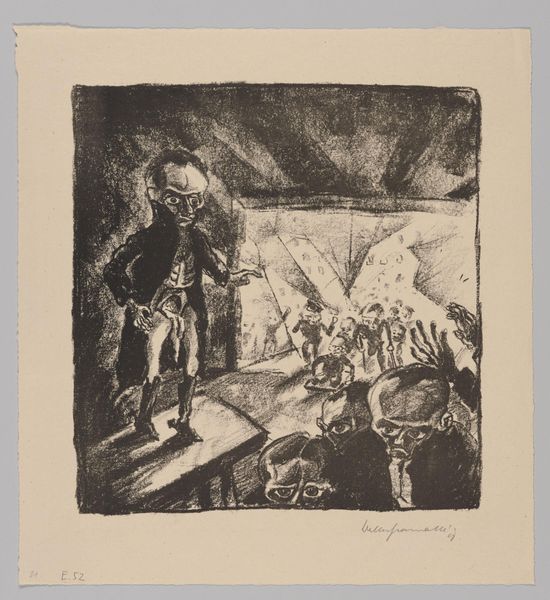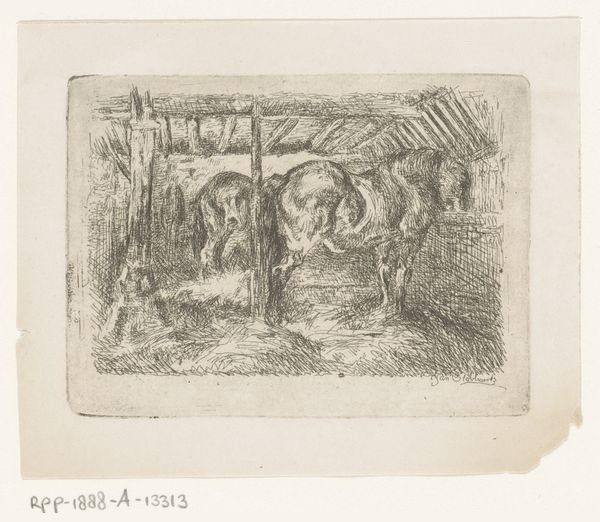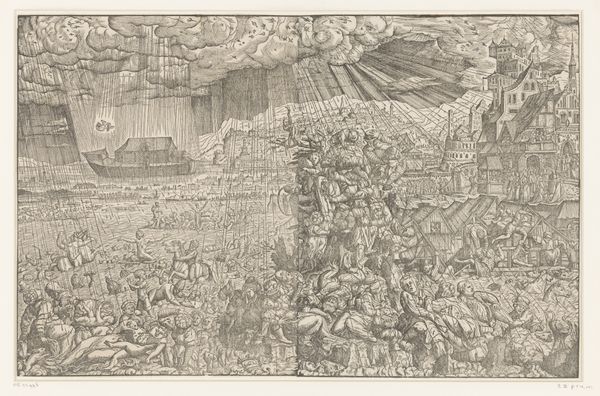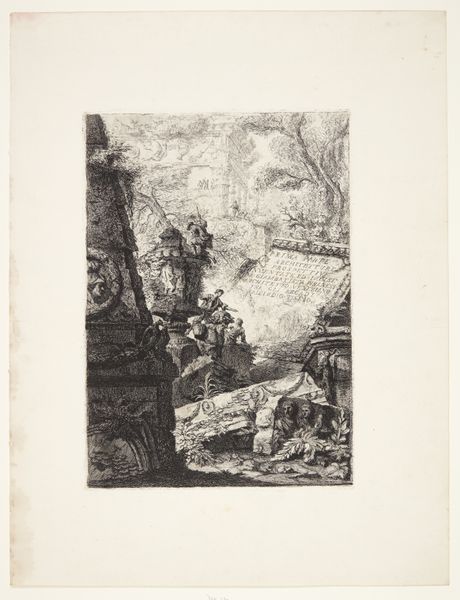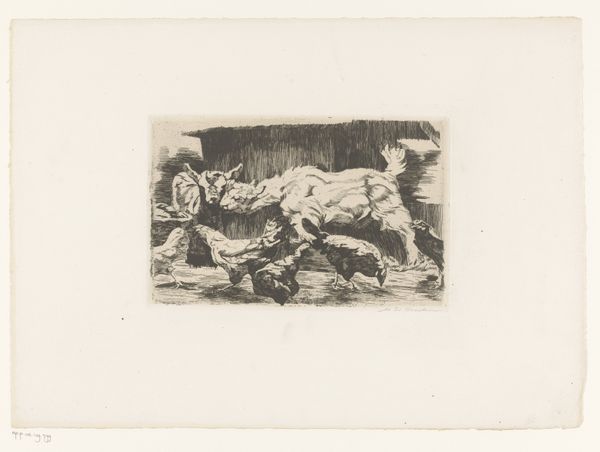
Embleem met man die zijn vrienden aanraadt te leven in deugd 1620 - 1623
0:00
0:00
anonymous
Rijksmuseum
print, etching, engraving
#
narrative-art
#
baroque
# print
#
etching
#
figuration
#
history-painting
#
engraving
Dimensions: height 137 mm, width 93 mm
Copyright: Rijks Museum: Open Domain
This anonymous emblem, created around 1623, uses engraving to convey a clear moral message. Emblems like this one were incredibly popular in the Netherlands at the time. They combined images with text to teach lessons about how to live a virtuous life. Here, we see a man advising his friends to choose virtue, represented by the path to the light, over vice, shown as a road to punishment and despair. This wasn't just personal advice; it reflected the values of a society deeply shaped by religious and moral codes. The choice between virtue and vice was a common theme, particularly resonant in a culture that valued both individual responsibility and community standards. To understand this image better, one might look into the religious and ethical writings popular at the time, as well as the social structures that encouraged such moral guidance. The Rijksmuseum's collection of similar emblems can also provide helpful context. Understanding art like this requires us to consider the social and institutional contexts that gave it meaning.
Comments
No comments
Be the first to comment and join the conversation on the ultimate creative platform.
